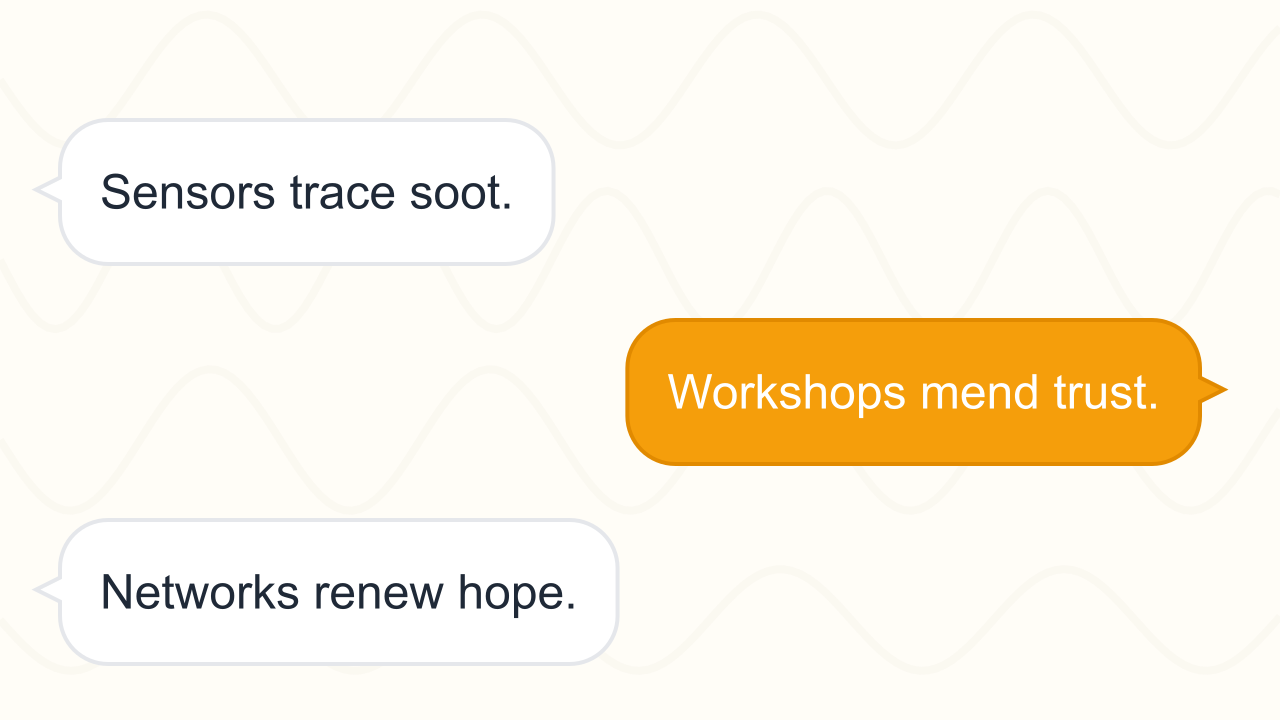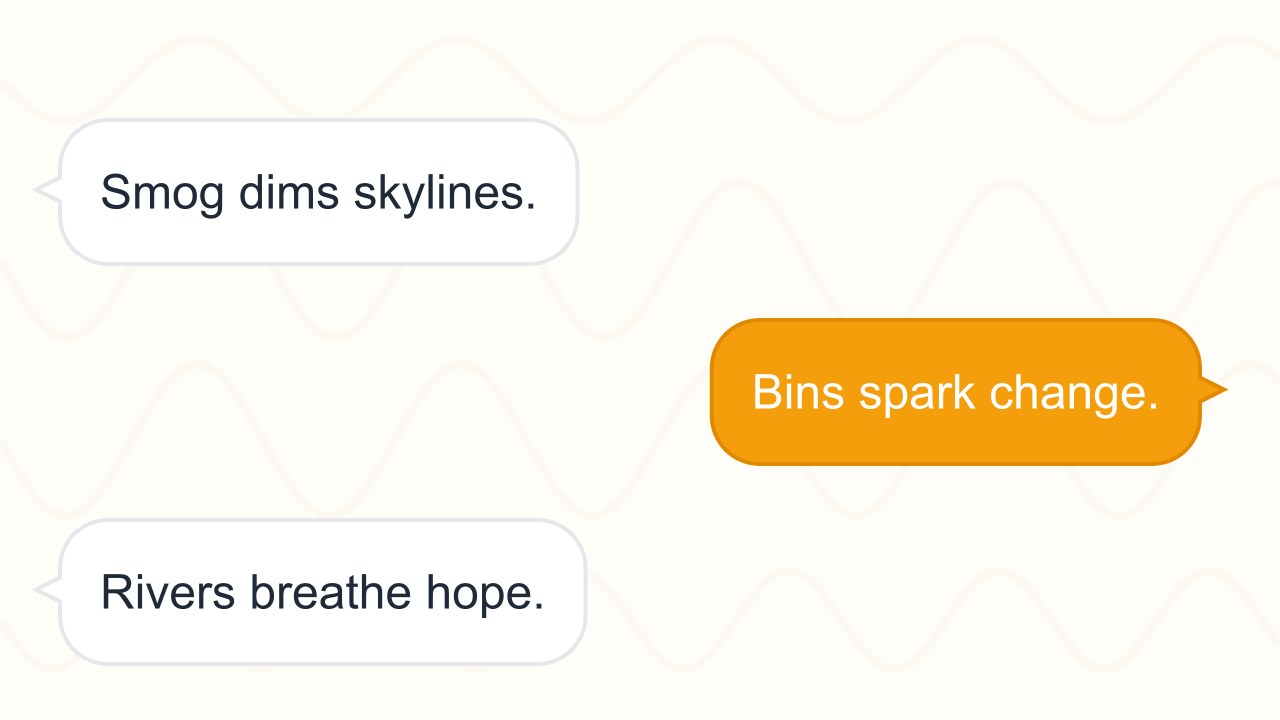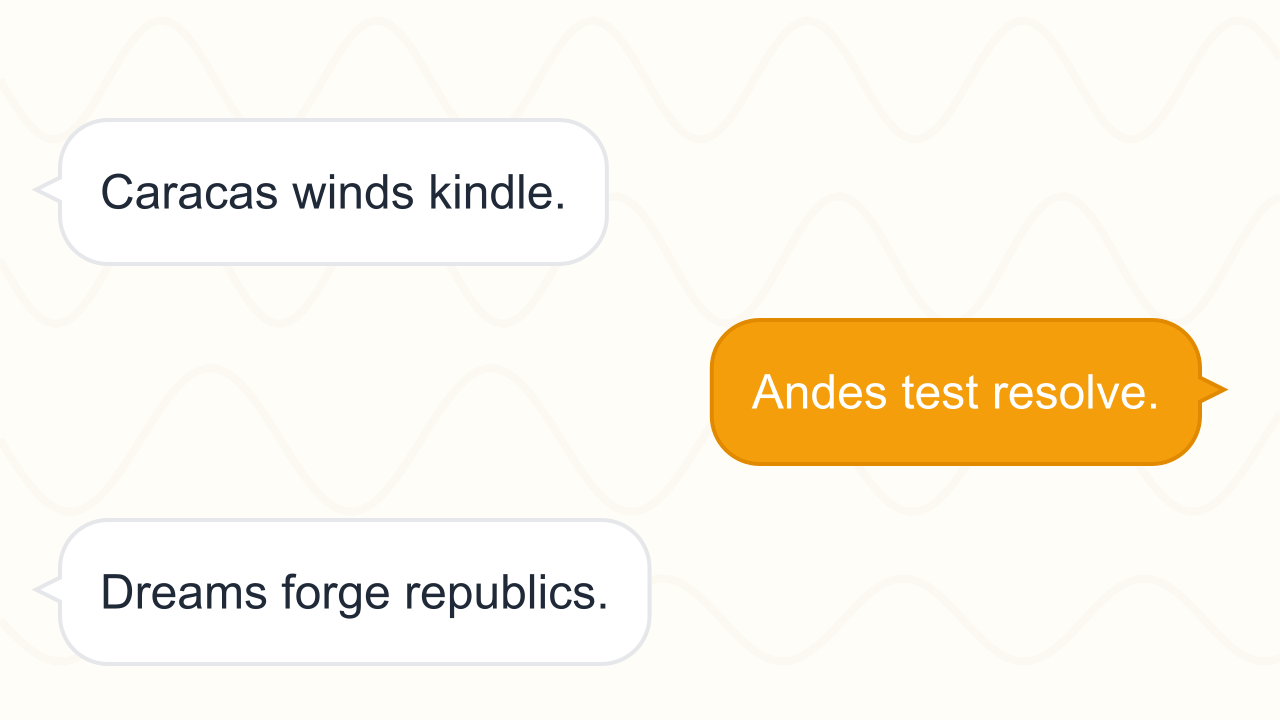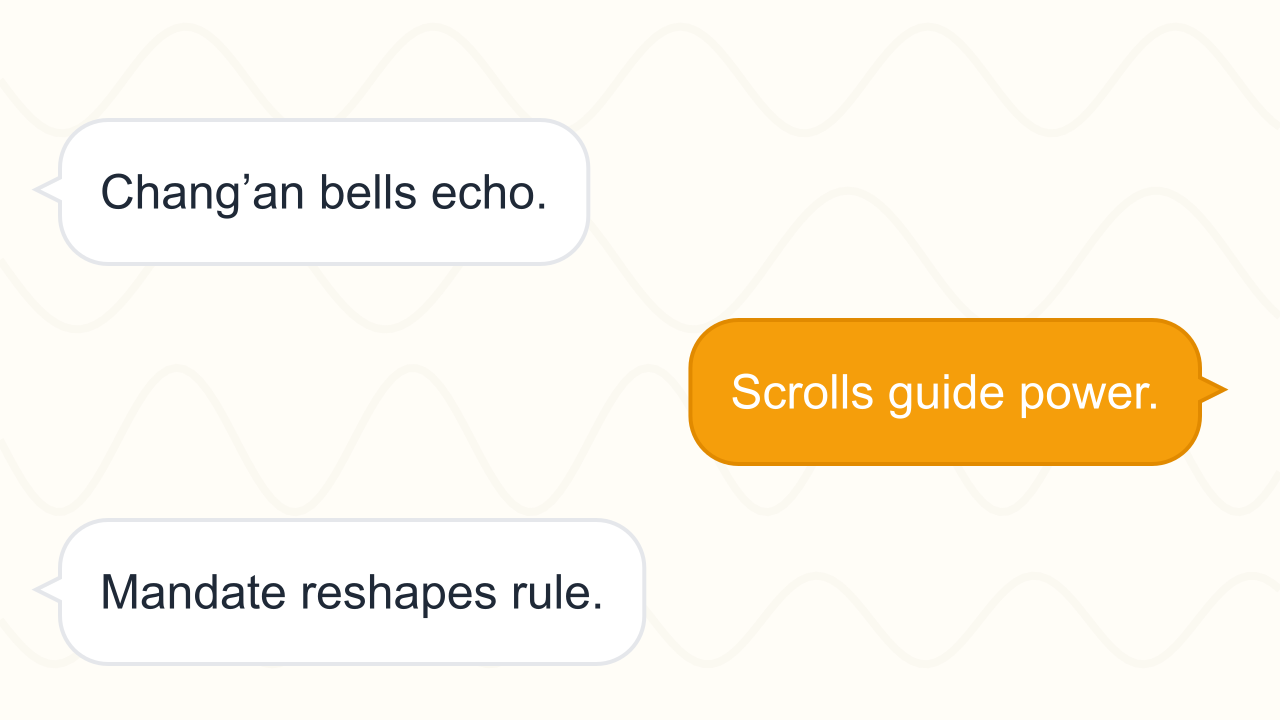Clean Cycles for Tomorrow reading Exercise
Discover how neighborhoods reinvent waste systems, deploy new materials, and empower residents to shrink pollution footprints while expanding recycling access.
Exercise Guide
How to complete:
Read the four passages in sequence. Each one highlights a different layer of community action—from tracing pollutants at their source to rethinking product design and equity. Annotate the stakeholders, data points, and obstacles described. Answer the questions to demonstrate factual understanding, vocabulary mastery, and analytical reasoning.
Success tips:
Pay close attention to how the passages link science, design, and civic engagement. Look for cause-and-effect relationships and references to measurable outcomes.
- Track how each passage identifies pollution sources before discussing solutions.
- Use context to define terms such as "geofencing," "remanufacture," and "behavioral nudges."
- Compare quick fixes with structural changes that reduce waste long term.
- Evaluate how community voices influence policy and funding decisions.
- Summarize the overall narrative to connect local innovations with broader sustainability goals.
Knowledge:
This reading builds knowledge of urban pollution diagnostics, product redesign, recycling logistics, and environmental justice. You will practice interpreting informational text, analyzing vocabulary in context, and evaluating solution effectiveness.
Complete the Exercise
Reading Passage 1
In the Harborview district, residents partnered with university researchers to map pollution hotspots. They strapped portable air sensors to delivery e-bikes and walked block-by-block with handheld monitors. The data revealed dramatic spikes near loading docks where diesel trucks idled longer than regulations allowed. Schools located downwind reported layers of soot on classroom windowsills and increased inhaler use among students.
Armed with this evidence, the coalition persuaded the city to install real-time geofencing alerts that fine trucks lingering beyond fifteen minutes. They also requested staggered delivery schedules to reduce traffic pileups. The health department compared inhaler dispensations before and after the pilot and documented a 19% decline within six months.
Neighbors emphasized that monitoring alone was insufficient; they advocated for shaded rest areas so drivers could wait with engines off, and for expanding electric charging stations to support zero-emission fleets. Their testimony highlighted how data-backed advocacy can redesign logistics without stalling economic activity.
What method did Harborview residents use to identify pollution hotspots?
How did geofencing alerts help address idling trucks?
Which statistic indicates the pilot program’s health impact?
What additional solutions did residents recommend beyond monitoring?
Which vocabulary term from the passage refers to location-based digital boundaries?
Reading Passage 2
Across town in Meadowline, designers reimagined packaging for the neighborhood’s popular food hall. Vendors adopted reusable stainless-steel trays that customers return to automated washing stations. For takeout orders, suppliers deliver compostable containers made from agricultural fiber sourced within 100 miles, reducing transport emissions.
A digital deposit system charges a small fee when containers leave the venue. Scanning the container’s QR code at return kiosks refunds the deposit instantly and tracks each item’s lifespan. Data showed trays circulating an average of 120 times before needing refurbishment; damaged units are remanufactured into signage, keeping materials in the local loop.
To prevent contamination, restaurants post clear graphics near utensil stations and staff circulate with “ask me” badges to coach visitors. Waste audits reveal landfill-bound trash dropped by 62% within four months. The project won a regional innovation award for demonstrating that design changes can shrink pollution without sacrificing convenience.
How does the digital deposit system support reuse?
What happens to trays when they become damaged?
Which result demonstrates the program’s success?
Why do staff wear “ask me” badges?
Which vocabulary term refers to rebuilding products for continued use?
Reading Passage 3
Residents of the Foxtail watershed focused on water quality. They installed floating wetlands—rafts planted with native reeds and sedges—that absorb nutrients and filter runoff. Student scientists sampled the creek monthly, finding that nitrate levels dropped 37% and turbidity decreased as vegetation matured. Nearby birdwatchers recorded the return of herons that had disappeared when algae blooms dominated.
To curb litter, volunteers organized “bin buddy” teams that check storm-drain baskets after storms. They catalog items, noting that snack wrappers and disposable coffee cups clog grates most frequently. The data guided local cafes to shift toward reusable mug incentives and compostable liners, while grocers switched to recyclable paper sleeves for baked goods.
City engineers integrated the community’s findings into their watershed management plan. They budgeted for permeable pavements along bus corridors and expanded street-tree canopies to slow runoff. The Foxtail team’s transparent reporting built trust among officials, residents, and businesses, demonstrating that citizen science can drive infrastructure upgrades.
What ecological tool did Foxtail residents use to improve water quality?
Which evidence shows the wetlands’ impact?
How did “bin buddy” teams use their data?
What infrastructure changes did the city plan based on community findings?
Which vocabulary term describes the cloudiness measured in water samples?
Reading Passage 4
The final passage centers on policy. Gemstone City convened a citizens’ assembly with randomly selected participants who studied waste audits, climate projections, and budget sheets. Facilitators guided deliberations on fair funding for recycling, compost, and pollution prevention. Participants recommended a pay-as-you-throw system that charges households based on non-recyclable trash volume while providing rebates for verified recycling and repair workshops.
The assembly also proposed grants for cooperatives that refurbish electronics and textile goods, keeping valuable materials in circulation. They urged the city to align procurement with sustainable standards, choosing suppliers who design products for disassembly. Behavioral nudges—such as placing colorful footprints leading to recycling stations—were tested at transit hubs and increased proper sorting by 18%.
City council adopted the recommendations on a trial basis. Quarterly reports show landfill tonnage dropping, while repair businesses created new jobs. Assembly members now serve as ambassadors, hosting listening sessions and ensuring feedback loops remain open. Their experience demonstrates how participatory policymaking can translate community insight into lasting environmental gains.
What was the main purpose of the citizens’ assembly?
How does the pay-as-you-throw system encourage waste reduction?
What role do cooperative grants play in the plan?
Which behavioral strategy increased proper sorting at transit hubs?
What outcome followed the council’s adoption of assembly recommendations?
Share this exercise
Help others learn reading by sharing this exercise
Related Exercises

Designing Regenerative Networks for Future Neighborhoods
Trace how innovators, residents, and policymakers build interconnected solutions that cut pollution, expand recycling, and redesign everyday systems across six detailed case studies.

Pollution and Recycling: Restoring Our Cities
Explore how air, water, and waste pollution affect urban life, and examine the recycling innovations and community actions working to clean cities around the world.

Simón Bolívar: Liberator of the Andes
Journey with Simón Bolívar from his Caracas youth through daring Andean campaigns and the struggle to define lasting republics across northern South America.

Wu Zetian: Mandate of the Tang
Follow Wu Zetian’s ascent from a palace attendant to emperor of the Zhou dynasty, examining how she wielded scholarship, alliances, and reform to shape eighth-century China.

Harriet Tubman: Conductor of Freedom
Trace Harriet Tubman’s transformation from an enslaved child on Maryland’s Eastern Shore to a fearless Underground Railroad guide, Civil War scout, and lifelong advocate for equality.